'A huge disaster': The race to save the coral of the Caribbean
The race to save the coral of the Caribbean
Emily Hower, a research assistant at Nova Southeastern University doing field work on coral off Key West in Florida, bobs up out of the water and removes her diving mask. The news is not good.
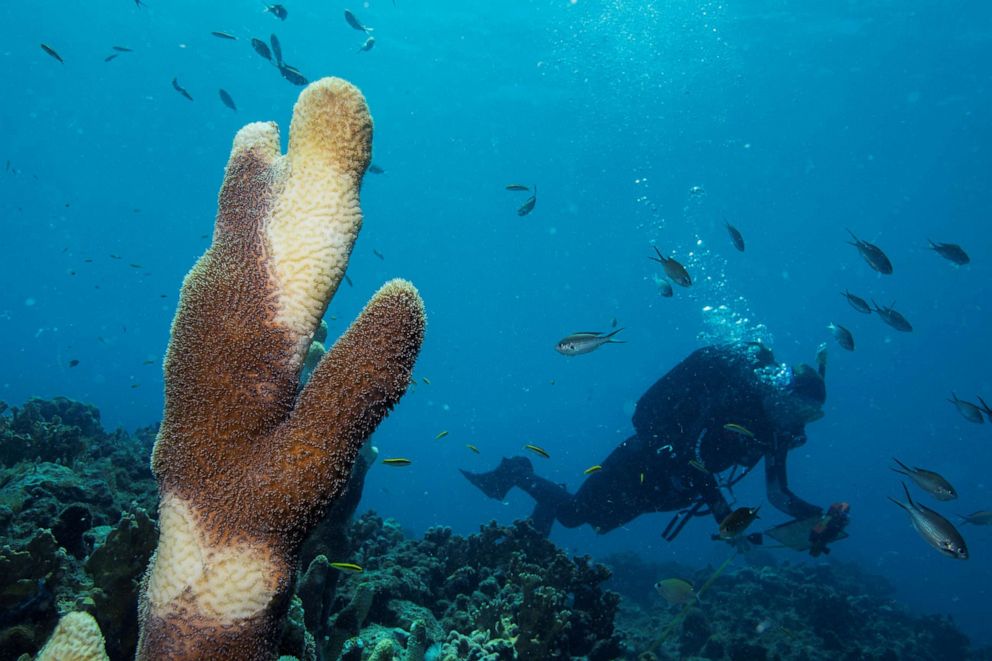
Most of the pillar coral that her team have been monitoring for years are dead.Hower and her colleagues are on a race against time to find what causes a disease dubbed Stony Coral Tissue Loss Disease, which since 2014 has been raging like an inferno through reefs under the deceptively calm blue paradise of the Caribbean.
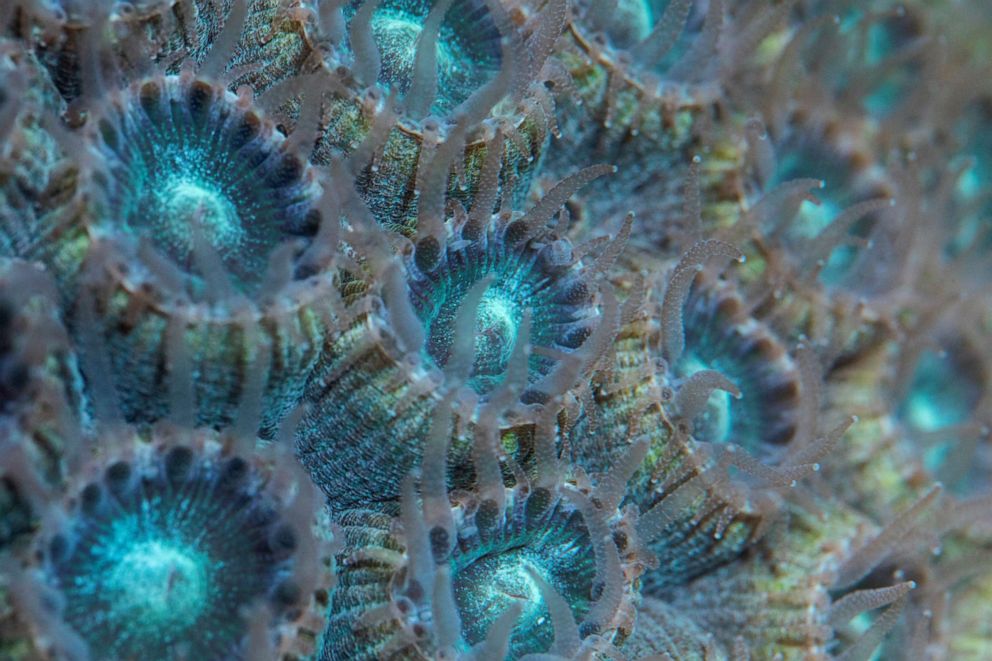
In just five years, it has wreaked devastation on the fragile coral ecosystems that are already at risk of extinction from the effects of climate change.
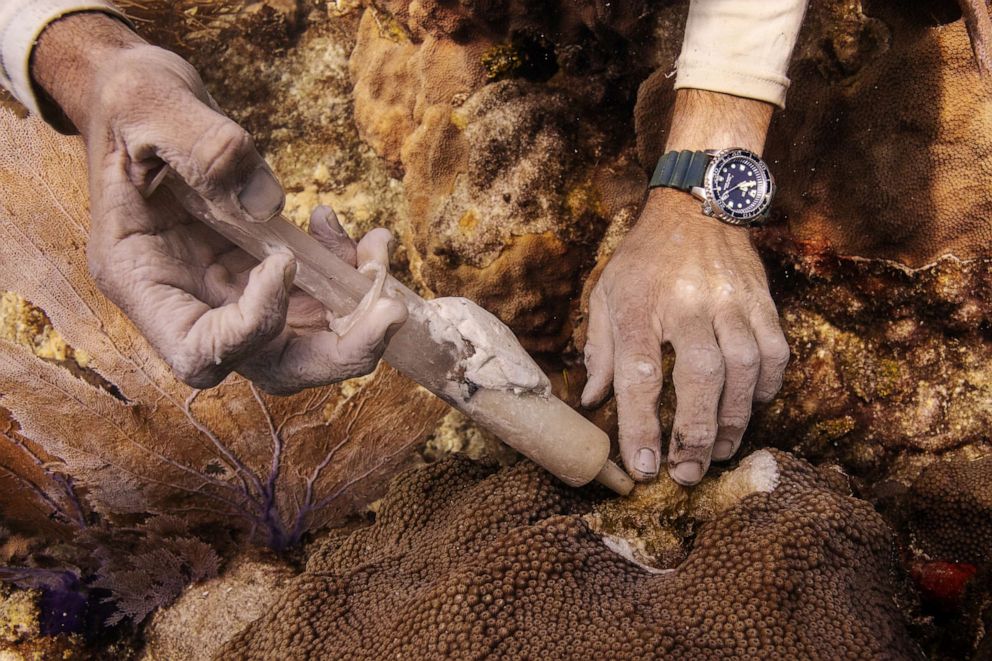
Of 40 reef sites in the Florida Keys monitored by the Florida Fish and Wildlife Conservation Commission, 38 are already affected."It is a huge disaster that's going on underneath the waves," said Karen Neely, a coral ecologist at Nova. "This is on the level of the Amazon burning. It is on the level of a disease that's wiping out all of America's forests."
Stony Coral Tissue Loss Disease attacks the tissue of coral, transforming healthy, vibrant marine ecosystems into drab, dead worlds within weeks.
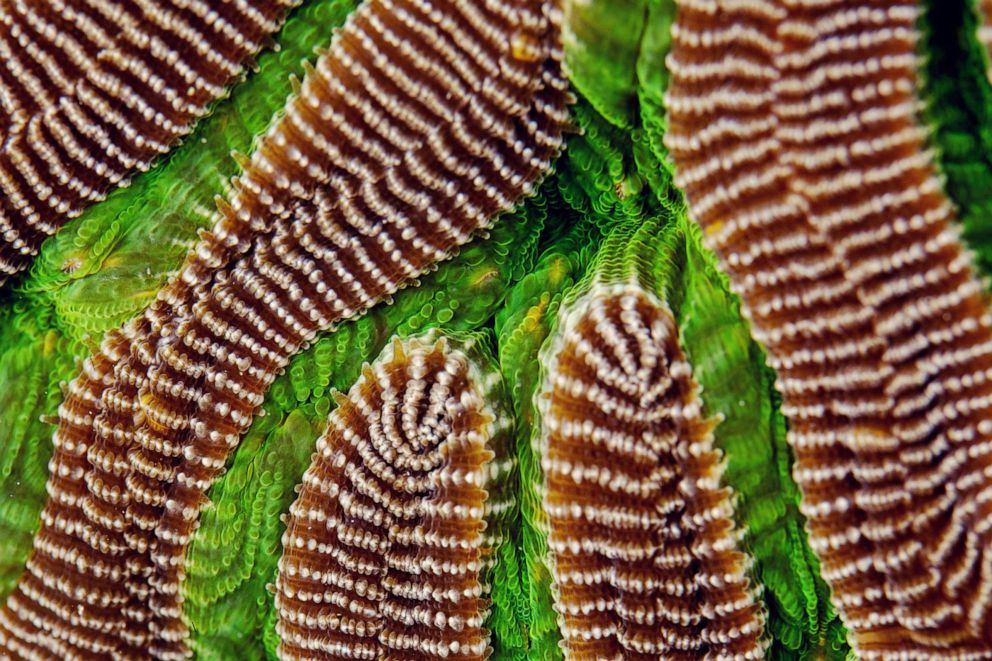
The disease has ravaged the entire Atlantic reef off Florida, spread across parts of the Caribbean and has recently been reported near Belize in central America. Pillar coral, whose clusters of spiky fingers appear to reach up from the sea bed, is "reproductively extinct" off the Florida coast, said Keri O'Neil, chief coral scientist at the Florida Aquarium.
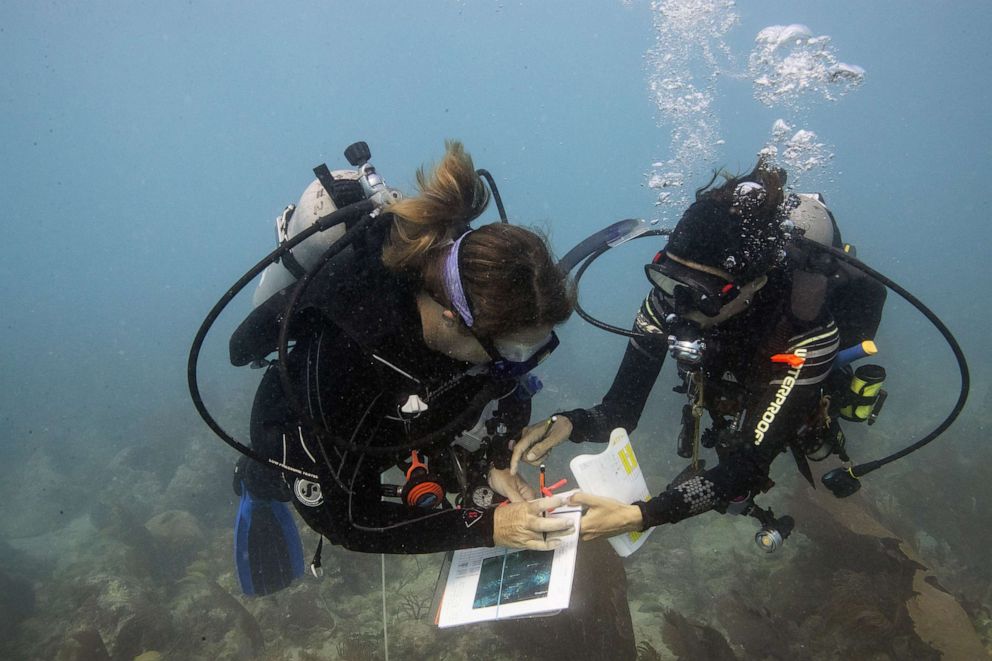
At the aquarium, a rare ray of hope comes from a room that has the lights off for much of the year. Here, an elaborate and expensive system of LED lights is designed to emulate sunrises, sunsets and phases of the moon to coax pillar coral in tanks into reproducing as if they were in the ocean.
Neely’s team have also been laboriously applying a paste combined with amoxicillin to the coral, which they say has been effective in treating the disease.
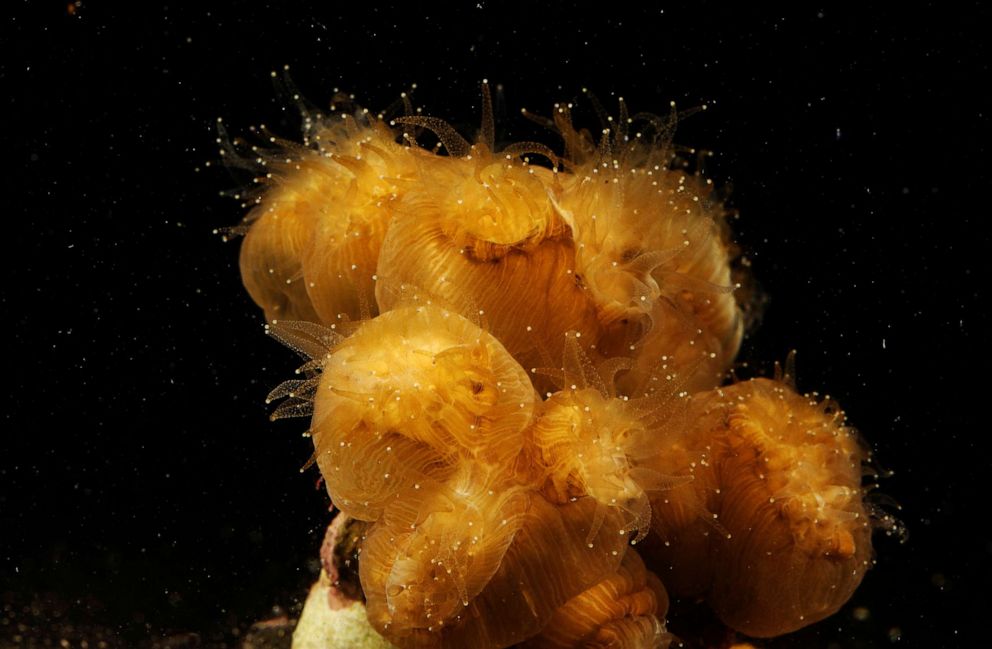
Stony Coral Tissue Loss Disease kills over 20 species of coral, including most of the important ones that build the reef, hold it together and protect the shoreline, said Neely.
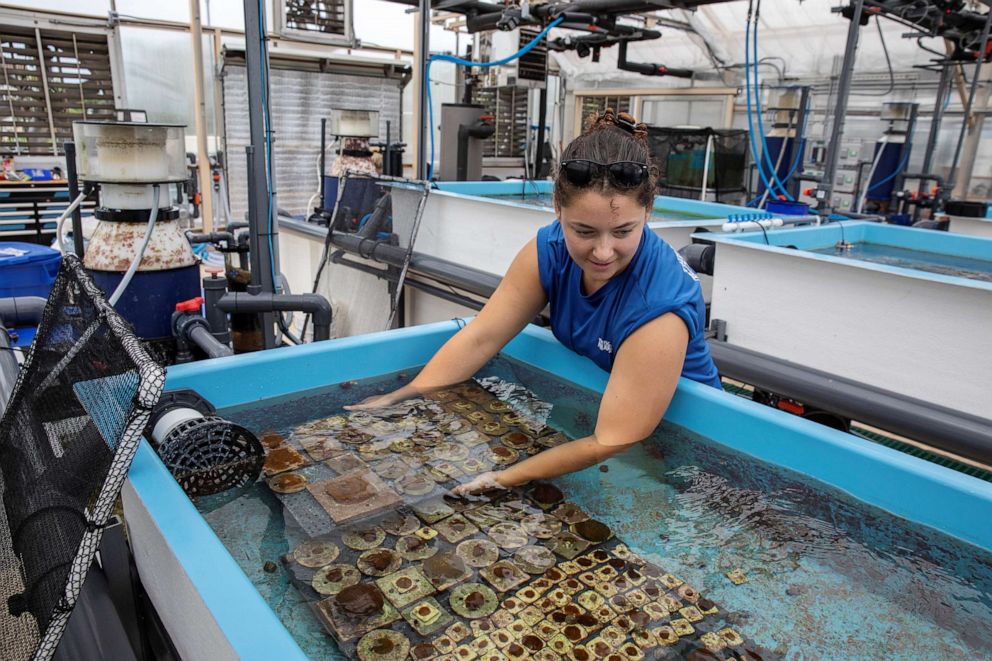
Scientists are working together to try to find solutions. A Disease Advisory Committee has been set up to help coordinate and scientists are performing fieldwork to bolster each others' research. They are, they say, like first responders at the scene of a disaster.
Despite that, little is known yet about what causes the disease. In Sarasota, Erinn Muller and her team at the Mote Marine Laboratory's Coral Reef Research and Restoration Center are among those trying to identify the pathogen behind it and how it spread from Florida to the Caribbean. "
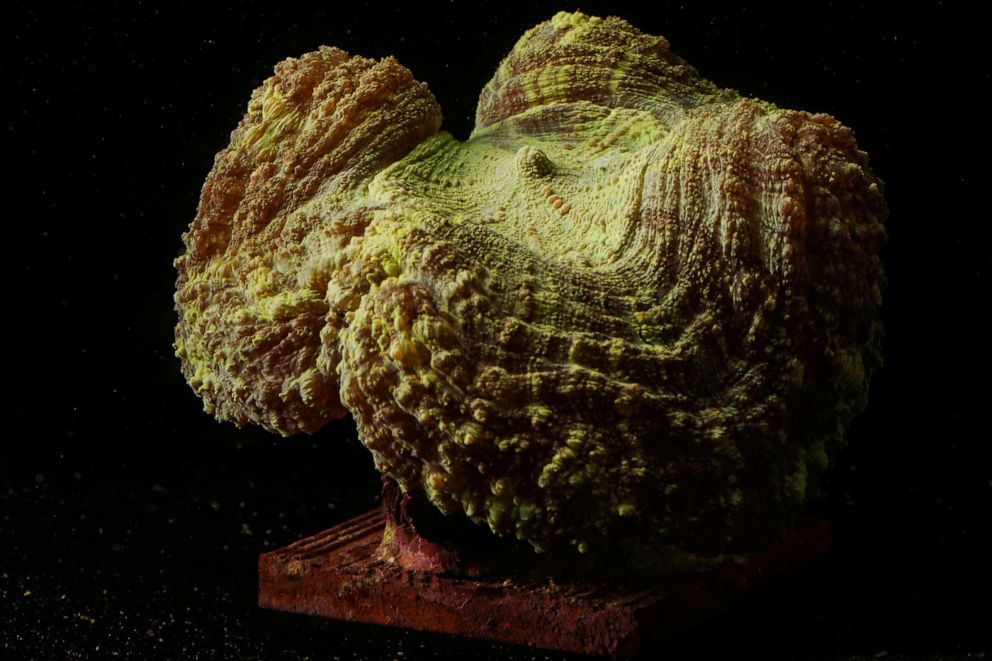
"We're getting these jumps and so that would suggest that there's some type of human influence that is allowing that jump to occur," said Muller.
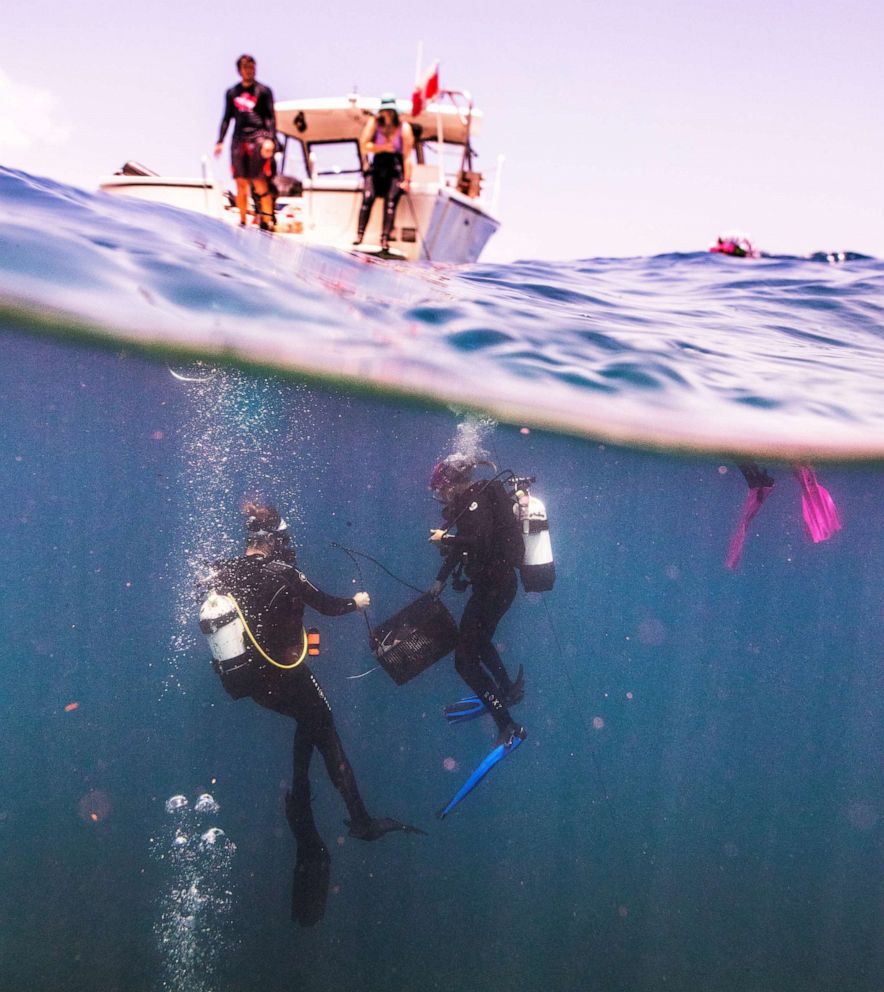
Near the start of 2019, the disease was spotted off the coast of the Virgin Islands. There, Marilyn Brandt of the University of the Virgin Islands' Center for Marine and Environmental Studies and her graduate students are ripping out the diseased coral to try to stop it from spreading.
Her team -- like Neely's and others -- are joining forces and working frantically to prevent the loss of this delicate and complex underwater world, with its iridescent colors and rippling textures.
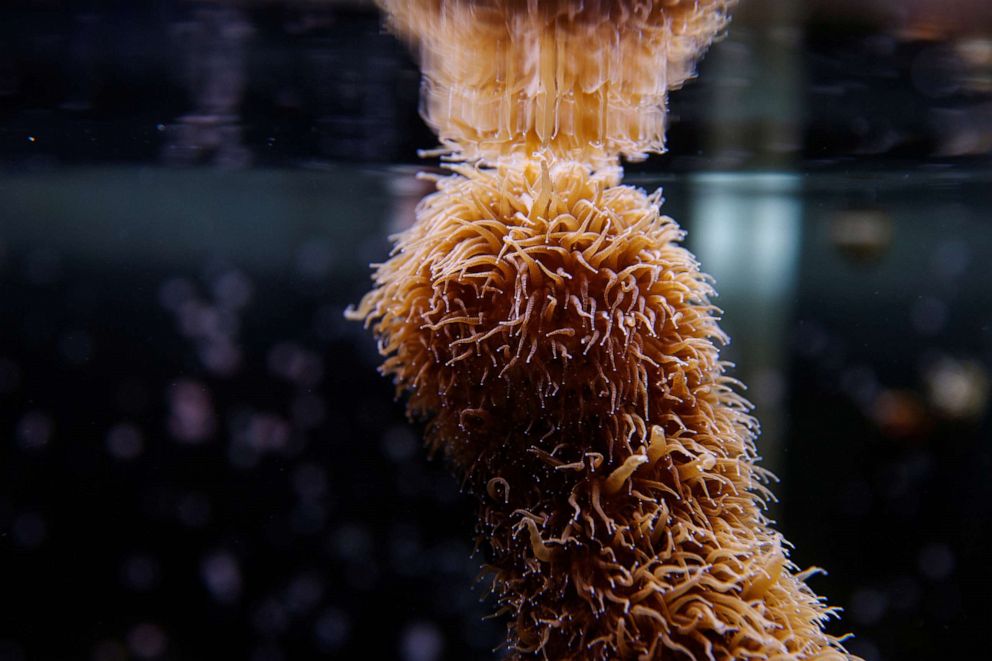
Such a loss would represent "a loss of biodiversity which could be a source for future medicines, the loss of fisheries, the loss of tourism value," said Brandt. "A lot of Caribbean islands have part of their culture based around coral reefs and if you lose those reefs you lose an aspect of their culture."




